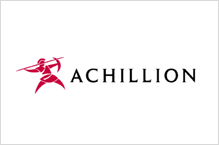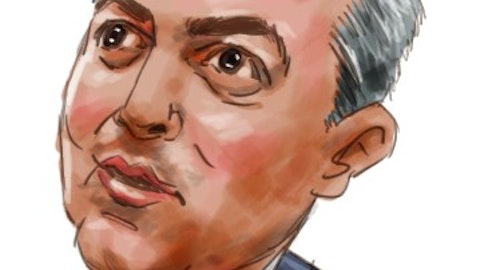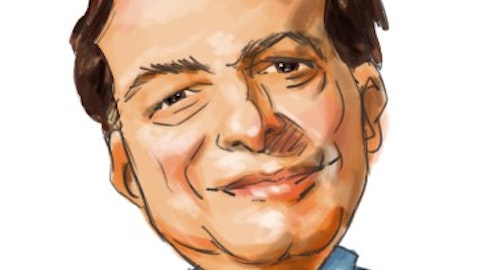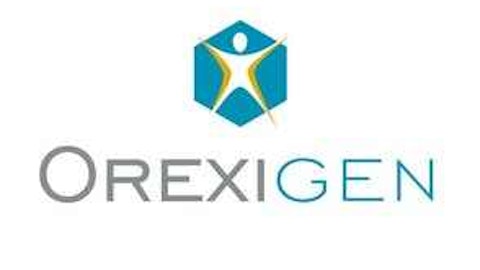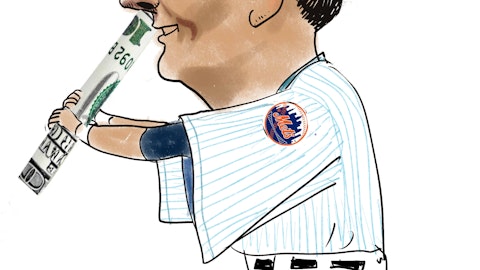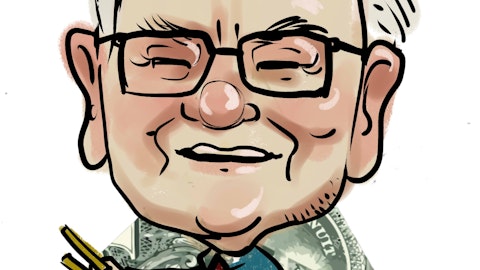QVT Financial, a hedge fund managed by Daniel Gold, specializes in healthcare-related stocks, holding about half of its equity portfolio in biotech and pharmaceutical stocks. According to its 13F filing, as of the end of June 2012, the fund’s top holdings included VIVUS, Inc. (NASDAQ:VVUS), Medivation, Inc. (NASDAQ:MDVN), and TPC Group Inc (NASDAQ:TPCG), all of which have had break-out years, returning 80 percent of more (view Gold’s portfolio here).
Most recently, QVT struck a deal with Achillion Pharmaceuticals, Inc. (NASDAQ:ACHN), purchasing 6.38 million shares valued at $41 million in total. The company is yet to start generating revenue from its flagship products, but late-phase drugs are on tap in the company’s pipeline. The direct offering will help improve the balance sheet for the company as it progresses through a number of late-stage drug trials.
Hepatitis C has been a major source of interest for the company and is an area which has been surrounded by a number of mergers and acquisitions. Roche Holding Ltd. (PINK:RHHBY) acquired Anadys Pharmaceuticals Inc. for $230 million, Gilead Sciences, Inc. (NASDAQ:GILD) acquired Pharmasset Inc. $11 billion, and Bristol Myers Squibb Co. (NYSE:BMY) purchased Inhibitex Inc. for $2.5 billion. Achillion is the smallest significant company with an orally-administered hepatitis C therapy in the works.
Many consider Gilead Sciences, Inc. to have a substantial leg up, however, with its Pharmasset acquisition. The clinical trial results for GS-7977, an orally administered hepatitis C medication, have been very positive. This drug is thought to be a sign that Gilead Sciences will develop an interferon-free hepatitis C therapy regimen before long. (Many immunological drugs require interferon administration—a chemical that usually has diffuse and often deleterious effects on patients.) GS-7977 is already known to be effective with a 12-week interferon administration.
However, Achillion also has much to offer here. QVT likely bought the company primarily because it is the most promising orphan yet to be purchased by large-cap pharma. As a background to these drug developments, hepatitis C works by producing a core protein and three other proteins, NS3, NS4, and NS5. The strategy from Achillion is to neutralize the actual viral protein products, so the company has developed proteases—drugs that destroy these proteins. The NS3 protease inhibitor sovaprevir (ACH-1625), one of Achillion’s hepatitis C therapies, is in phase II clinical trials. An NS5A inhibitor, ACH-3102, has shown promising phase I results. Piper Jaffray analyst Ted Tenthoff remarked that “Achillion has potentially best-in-class HCV protease and NS5A inhibitors, offering a counter play to the nuc[lease]-dominated regimens” than Gilead Sciences is pursuing (nucleases targets the genetic material that codes for these proteins, which is a different tactic).
Since Bristol Myers has exited the hepatitis C space (its Inhibitex acquisition flopped), Gilead and Achillion stand to be significant beneficiaries. This set-up makes Achillion a competitive acquisition candidate. However, the Inhibitex flop might be something of a warning to other companies looking to slurp up an unproven hepatitis C drug company.
This small-cap pharmaceutical company has a number of balance sheet virtues. It carries practically no debt as a percent of equity, and at the end of 2011, the company had $80 million in cash and cash equivalents on hand. Obviously, a large store of cash is critical for any biotech or pharmaceutical stock: seeing products through clinical testing rounds requires a multi-year store of cash. The new direct offering to QVT ups the total cash reserves for Achillion to over $100 million.
We like watching hedge fund activity especially when a company is at the mercy of product cycles, patent approvals, and clinical trials—things that insiders have a leg up on. So Achillion is an interesting idea for as a high-growth pharmaceutical pick. Insider information in a situation like this is something of an assurance given the fickle outcomes in small-cap pharma.
